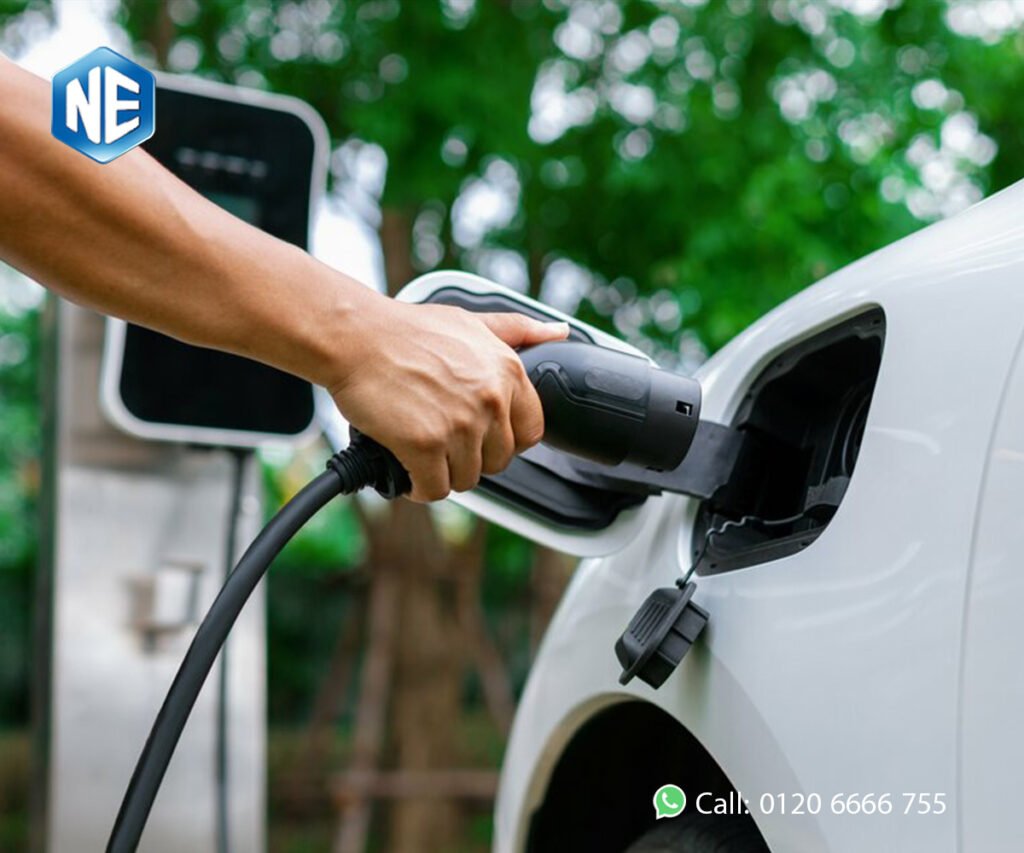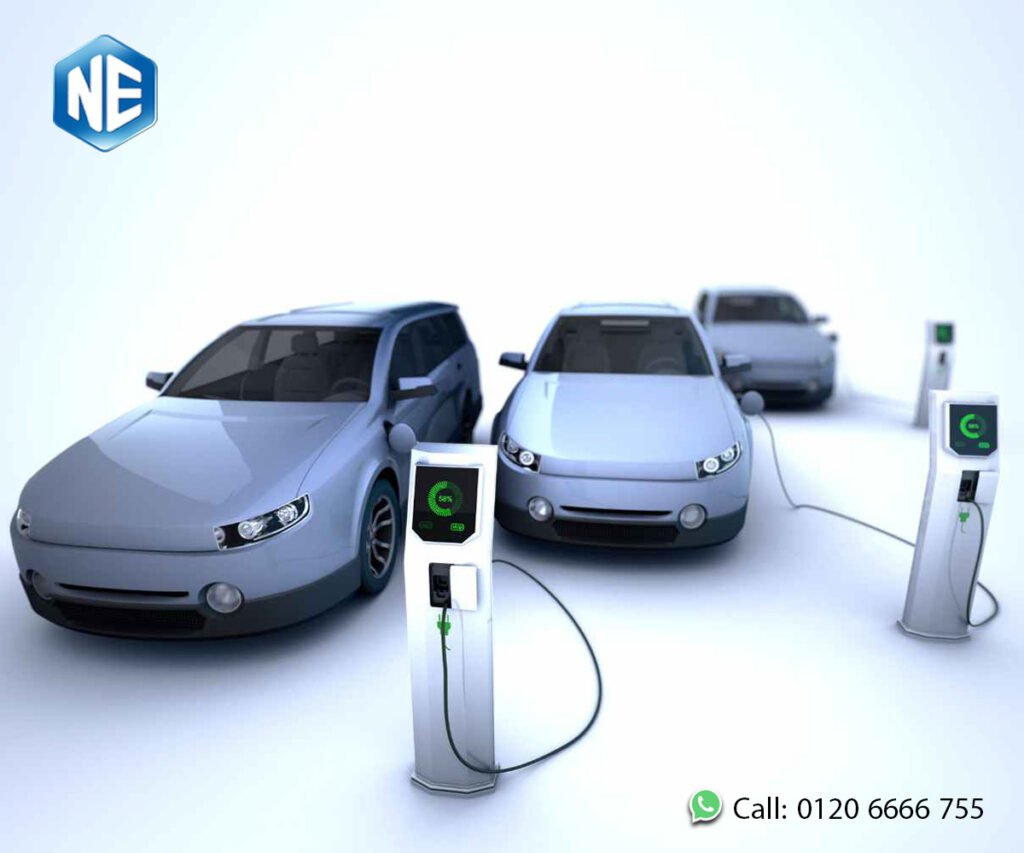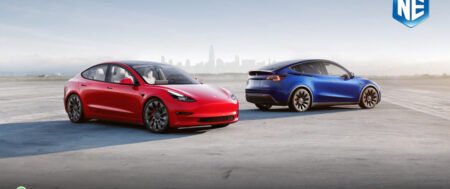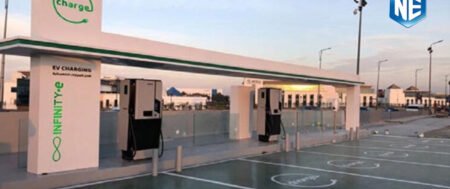Charging an electric car at a public charging station may initially seem confusing, especially if you’re new to electric vehicles (EVs). However, once you understand the process, it’s as easy as refueling a gasoline car — but cleaner and smarter. This guide will walk you through everything you need to know about charging an electric car at a charging station in 2025.
Types of Charging Stations
- Level 1: Basic charging using a standard 120V outlet. Very slow and usually used at home.
- Level 2: The most common public and home charging. Requires a 240V outlet and adds 20–60 miles of range per hour.
- DC Fast Charging (Level 3): Ultra-fast charging that adds up to 80% charge in 20–40 minutes. Found at public stations along highways or in cities.
How to Use a Public Charging Station
- Locate a charging station: Use apps like PlugShare, ChargePoint, or Google Maps to find nearby stations.
- Check plug compatibility: Make sure the station offers a compatible plug (CCS, CHAdeMO, or Tesla).
- Connect your car: Plug the charging cable into your vehicle’s charging port securely.
- Start charging: Tap your RFID card or mobile app to initiate the charge (depending on provider).
- Monitor the session: Most apps let you track charging time, power delivered, and cost.
- End session and unplug: Stop the session from the app or station interface and disconnect the cable.

How Long Does It Take to Charge?
The charging time depends on your car’s battery size and the charger’s power level. For example:
- Level 2: 4–8 hours for a full charge.
- DC Fast Charging: 20–45 minutes to reach 80% capacity.
How Much Does It Cost?
Charging costs vary based on the provider and location. On average:
- Level 2: $0.20 to $0.30 per kWh.
- DC Fast Charging: $0.35 to $0.50 per kWh.
Some locations even offer free EV charging as an incentive.
Tips for Efficient Charging
- Charge during off-peak hours to save money.
- Precondition your car (warm or cool it) while it’s plugged in.
- Use navigation systems to find available stations en route.
- Don’t idle after your charge is complete — free up the station for others.

Conclusion
Charging your EV at a public station is a simple, cost-effective, and eco-friendly process. Whether you’re using a Level 2 or DC Fast Charger, knowing how to charge your electric car helps you travel with confidence and convenience. As EV infrastructure continues to grow, access and speed will only improve.






